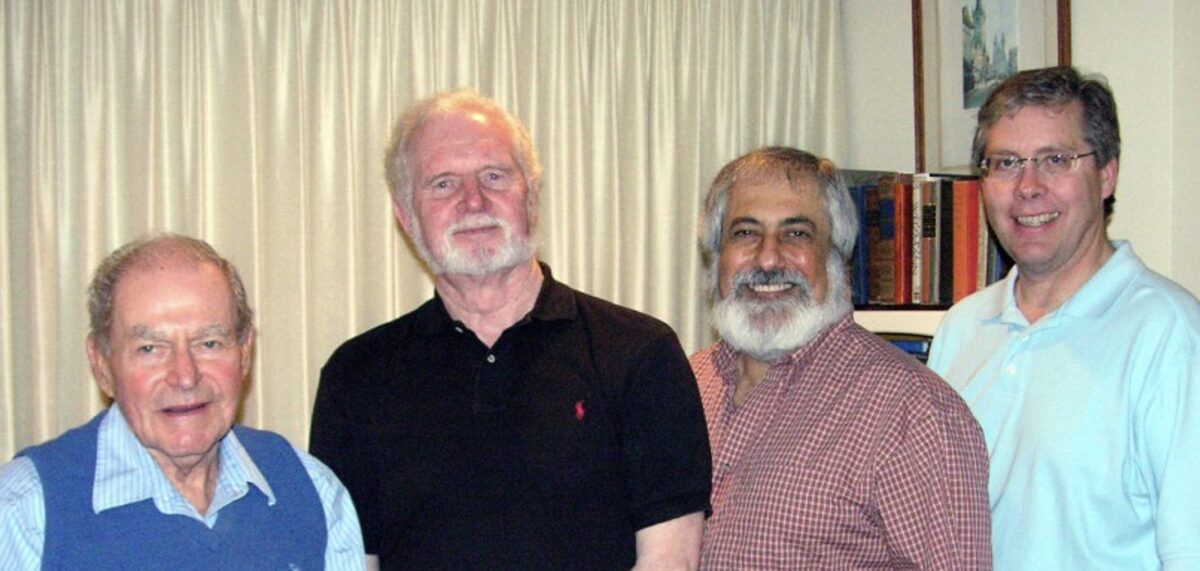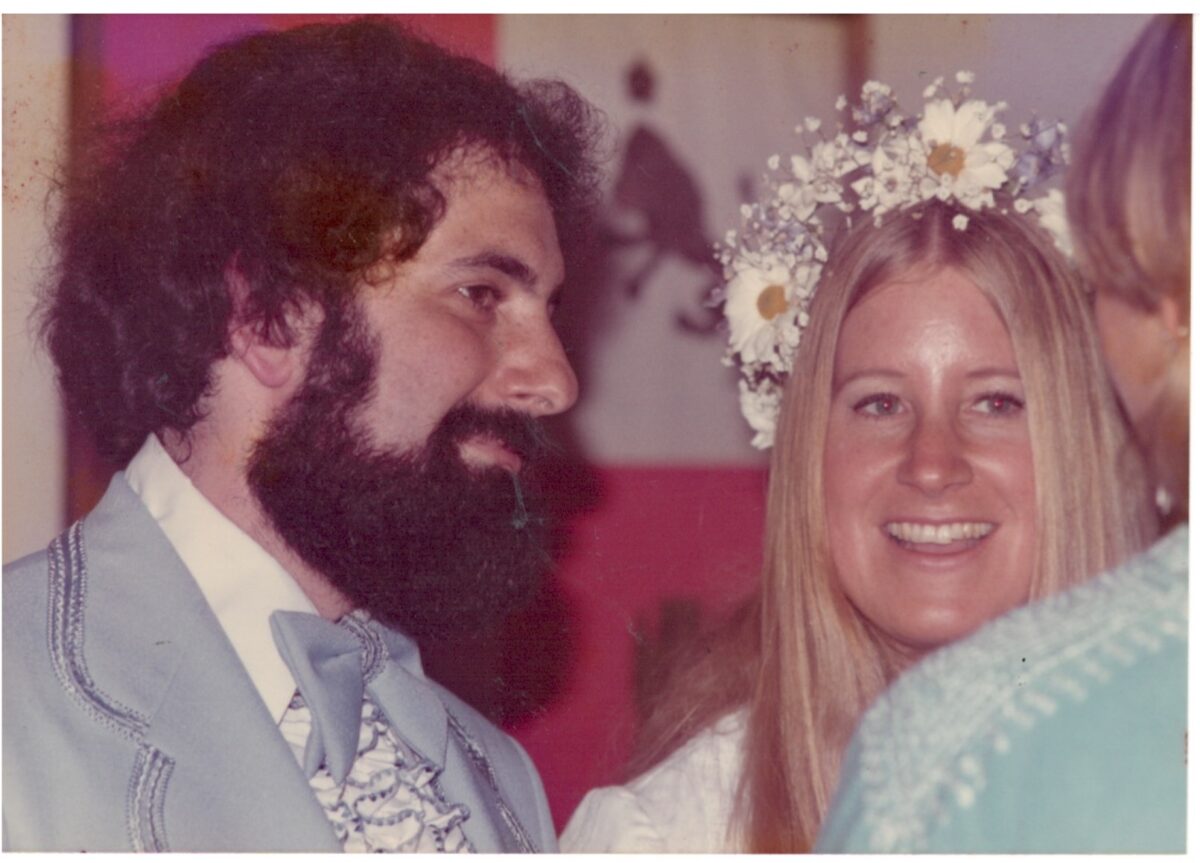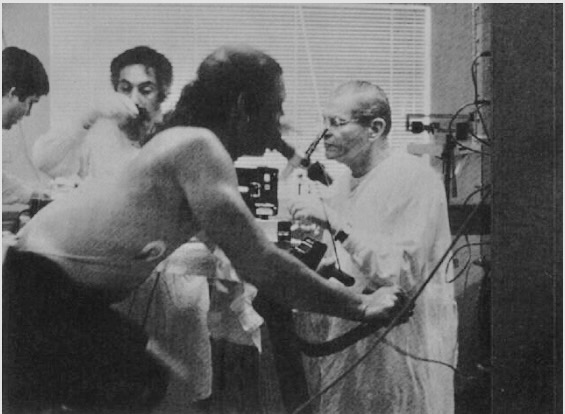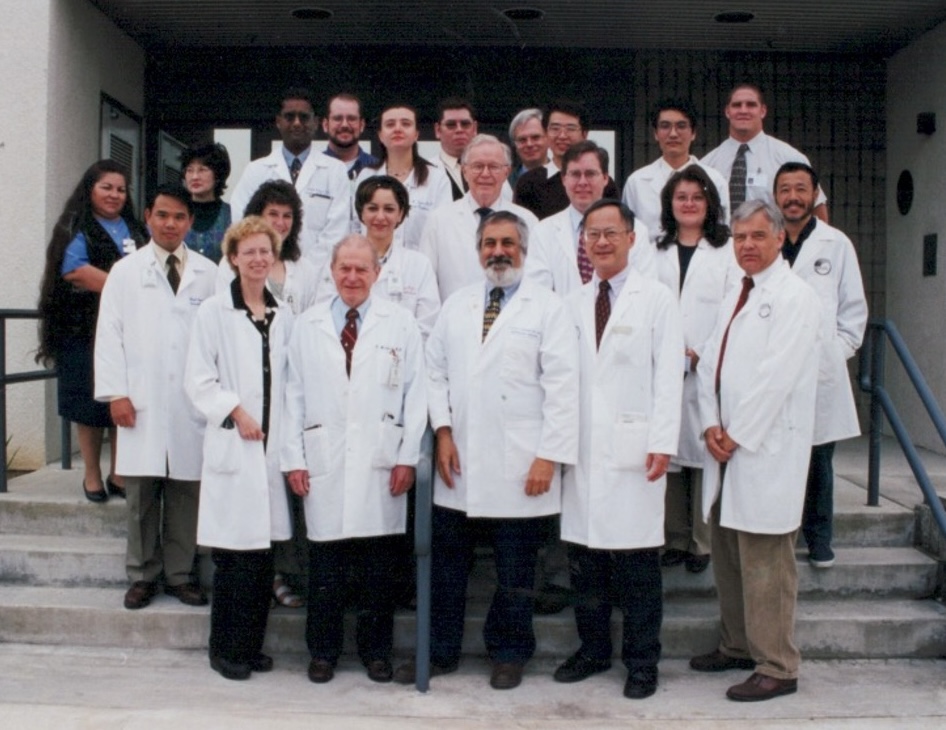
After completing a postdoctoral fellowship in Biomedical Engineering at the University of Southern California in 1973, Richard Casaburi—then holding only a PhD—planned to return home to his family in New York. Before finalizing his plans, he heard of a group working in respiratory physiology at Harbor-UCLA Medical Center. At that time, the research arm was called the Professional Staff Association (a predecessor of The Lundquist Institute). “Being nestled in the south bay region of Los Angeles and being affiliated with UCLA both mattered,” said Dr. Casaburi. He went on to interview for a job working for Karl Wasserman, MD, PhD, then Chief of the Division of Respiratory and Critical Care Physiology and Medicine.
Initially hired as a postdoc fellow, Dr. Casaburi became a faculty member after just six months. He soon abandoned his plans to move back to the East Coast and made himself at home in a two-bedroom apartment in Hermosa Beach. “It had a view of the ocean for $200 a month,” he said, reminiscing. His decision to remain in Southern California was just the beginning of a 52-year-long career, one that would introduce him to wonderful people, including his wife, Mary.
Mary was an occupational therapist at Harbor-UCLA Medical Center. “We met while playing volleyball on the beach in a game organized by Harbor-UCLA folks and the rest is history, as they say. We got married a year later; that was 49 years ago,” he said.

Life with an unplanned medical degree
For five years, Dr. Casaburi used his skills in computer programming and control system’s analysis to explore issues in exercise physiology. One day, a colleague told him that his career would be more successful if he had a medical degree, but didn’t believe Dr. Casaburi could get into medical school. So, at 29-years-old, that’s exactly what he set out to do.
“I only applied to one school, in Miami, and they offered an innovative PhD-to-MD two-year program. I got in with no intentions of accepting. I just wanted to prove that I could get accepted,” he said. Like his plan to return home in 1973, Dr. Casaburi changed his mind and made the move to Miami, where he and Mary welcomed their first child. “It was the hardest studying I’ve ever done,” he said. “It was a tough two years with many, many difficulties, but I finished.”
Dr. Casaburi was happy when he matched for a medical internship at Harbor-UCLA, and his family moved back to Los Angeles. In 1983, after completing his internship and residency over three years, he was pleased to be recruited as a fellow in pulmonary medicine by his former group. A year later he re-joined the faculty—this time, with an added medical degree. Soon, Dr. Casaburi would become the Associate Chief for Research Education under Dr. Wasserman, his long-term mentor.

A ‘touchy feely’ research with influence
“Something happened along the way,” said Dr. Casaburi. “I had always been interested in exercise science, but I started wondering why some people can’t exercise. I learned about COPD…people who can’t exercise because of their lungs,” he explained.
Eager to learn more, Dr. Casaburi began investigating and collaborating with colleagues near and far. Together, their research focused on pulmonary rehabilitation, specifically exercise training for patients with pulmonary disorders. At that time, pulmonary rehabilitation was a “touchy feely sort of thing” according to Dr. Casaburi. They conducted studies that explained why improving the function of leg muscles allowed COPD patients to breathe more easily during exercise, substantially increasing their ability to perform daily activities with less shortness of breath. The research opened doors for Dr. Casaburi to publish papers, edit books, collaborate with various industries, and travel the world to share his learnings.

In the late 1990s, Dr. Casaburi became the Division Chief. Around the same time, he was offered a 4000 ft2 building that would be dedicated to pulmonary rehabilitation research which became the Rehabilitation Clinical Trial Center. “Few institutions would have made such a facility available; I’m eternally grateful,” he commented. In 2011, Dr. Casaburi contributed to an application to the NIH which resulted in construction of the 24,000 ft2 Chronic Disease Clinical Research Center, a place where pulmonary research has flourished.
He is more than pleased that the research thrust that he pursued is continuing. The Lundquist Institute’s Respiratory Research Center (RRC) is carrying on groundbreaking research. These efforts are spearheaded by two investigators who he recruited and are his successors, William Stringer, MD, and Harry Rossiter, PhD.
A legacy rooted in people
Despite spending less time on campus with his colleagues these days, Dr. Casaburi remains busier than ever with volunteer commitments and various professional groups. With the second-longest tenure at The Lundquist Institute, Dr. Casaburi witnessed many changes but said that investing in people should always be a priority. “And have fun, that’s important too!” he added.
When asked about his proudest achievement within his career, Dr. Casaburi didn’t mention the 430+ papers he’s published, the 100,000+ citations they’ve yielded, the books he’s helped author, or the beautiful places he’s visited.
After talking through the last 52 years of his career, and counting, Dr. Casaburi couldn’t help but acknowledge the research group he helped assemble to carry on his life’s work. “They’re my legacy, that group. We always have fun when we’re together and we make an effort to be friends,” he said. “Of course, there are always stressors but it’s a collaborative group, and we’ve got a really good thing going.” He hastened to add that he is even more proud of his two children and three granddaughters… a lucky man, indeed!